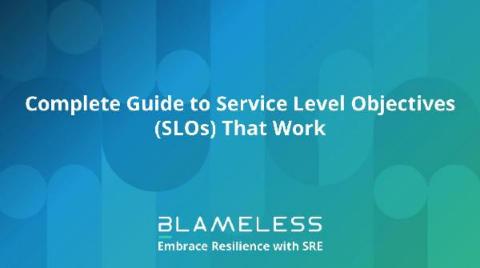Maximize Collective Knowledge to Deliver Patient Care
Medical practitioners must move beyond their own expertise to make informed patient care decisions. This can be achieved by normalizing team collaboration, encouraging providers to access information gathered by other specialists along the patient’s continuum of care. However, healthcare is plagued with fragmented communication due to archaic technology. There is also a lack of accountability when establishing communication roles and responsibilities across care teams.










